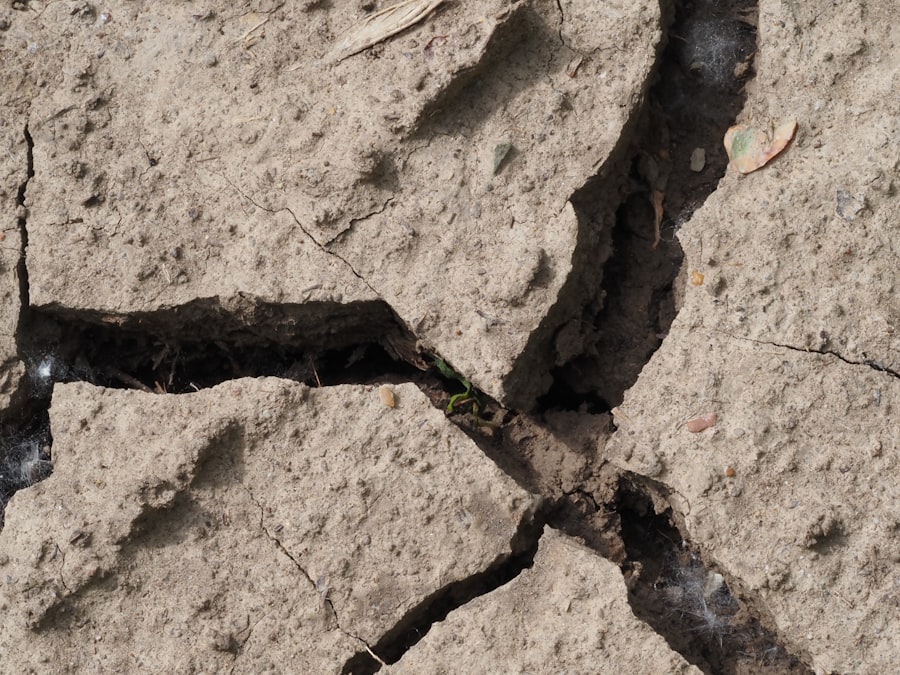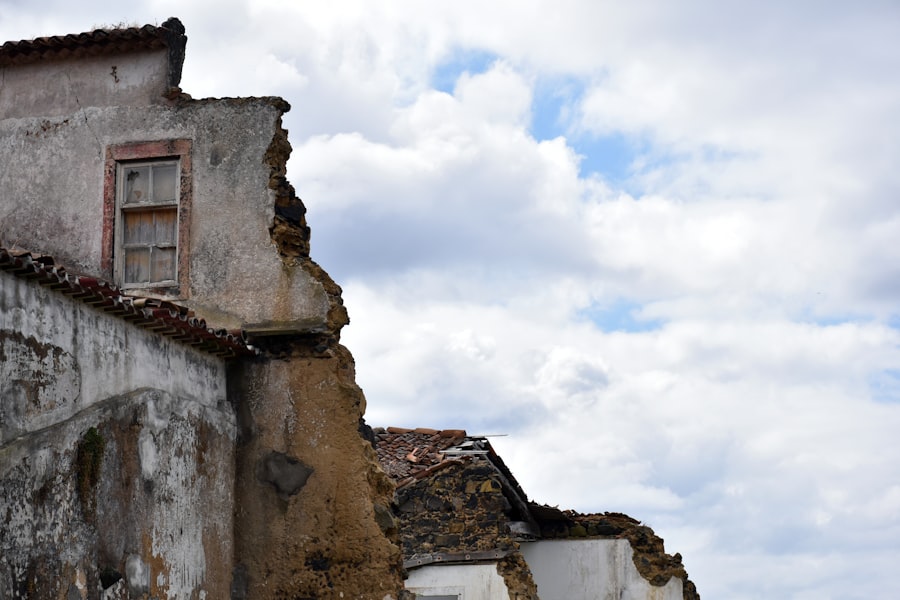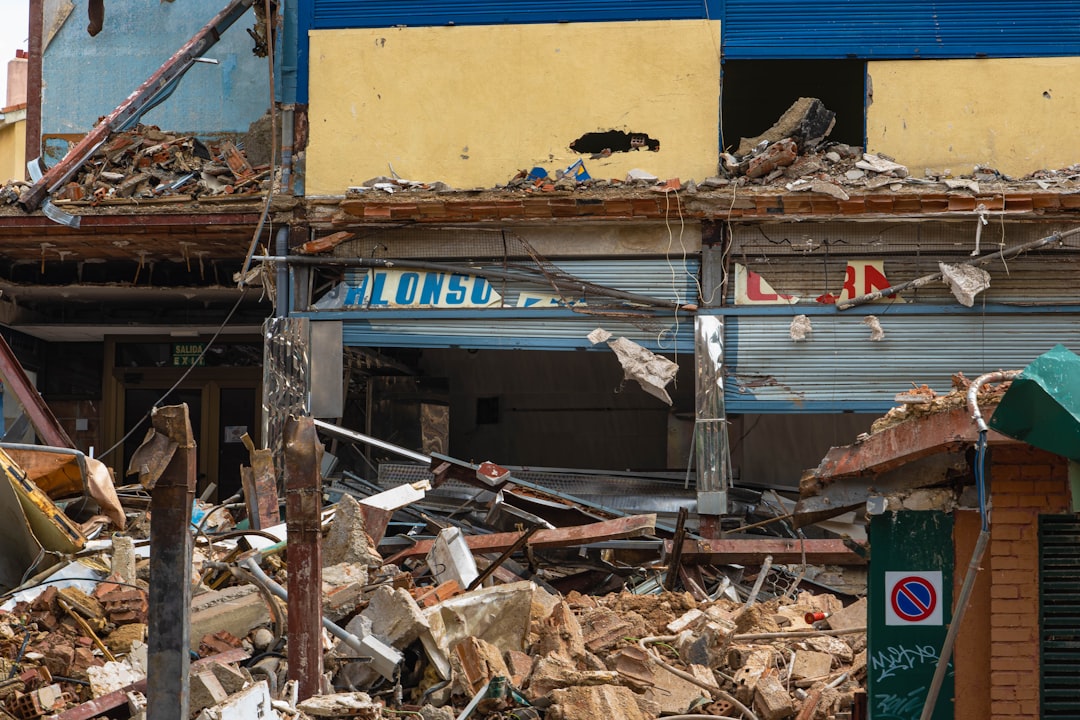The Drake Passage, a body of water located between the southern tip of South America and Antarctica, has long been known for its tumultuous seas and unpredictable weather. Today, it has gained attention due to a significant earthquake that struck the region, sending ripples of concern across the globe. This seismic event serves as a reminder of the geological forces at play in one of the most remote areas of the world.
As news of the earthquake spreads, scientists, authorities, and residents alike are grappling with its implications and potential consequences. The Drake Passage is not only a critical maritime route but also a region of considerable geological interest. The tectonic activity in this area is a result of the complex interactions between the South American and Antarctic tectonic plates.
The recent earthquake has reignited discussions about the seismic risks associated with this unique geographical location. As experts analyze the data and assess the situation, the world watches closely, eager to understand the full impact of this natural phenomenon.
Key Takeaways
- A powerful earthquake struck the Drake Passage today, raising concerns about potential tsunamis and seismic activity in the region.
- The earthquake had a magnitude of 7.5 and occurred near the South Shetland Islands, impacting surrounding areas with strong tremors and potential infrastructure damage.
- Authorities and emergency services have been mobilized to assess the situation and provide assistance to affected areas, emphasizing the need for safety measures and preparedness for future earthquakes.
- The potential tsunami threat has prompted international cooperation and assistance in monitoring the situation and ensuring public awareness through media coverage.
- The historical significance of earthquakes in the Drake Passage highlights the need for continued research and vigilance in understanding and mitigating seismic activity in the region for the future.
Magnitude and Location of the Earthquake
The earthquake that struck the Drake Passage today registered a magnitude of 6.8 on the Richter scale, making it a significant seismic event. The epicenter was located approximately 150 kilometers southwest of Cape Horn, a notorious point known for its challenging maritime conditions. This location is particularly noteworthy as it lies within a seismically active zone where tectonic plates frequently shift, leading to earthquakes of varying magnitudes.
The depth of the earthquake was recorded at around 10 kilometers beneath the ocean floor, which is relatively shallow for seismic events. Shallow earthquakes tend to cause more damage than deeper ones due to their proximity to the surface. The geological characteristics of the Drake Passage, combined with the earthquake’s magnitude and depth, have raised concerns about potential aftershocks and their effects on nearby regions.
Impact on Surrounding Areas

The impact of the earthquake on surrounding areas has been a focal point for both local authorities and international observers. While the immediate vicinity of the epicenter experienced significant tremors, reports indicate that coastal communities in southern Chile and Argentina felt the effects as well. Buildings swayed, and residents were jolted from their daily routines, leading to widespread alarm.
Fortunately, initial assessments suggest that there have been no major structural damages reported in these areas. However, the psychological impact on residents cannot be understated. The fear of aftershocks and potential tsunamis has left many on edge.
Local emergency services have been mobilized to assess any damage and provide support to those affected. In addition to physical safety concerns, there is an underlying anxiety about how such seismic events could disrupt daily life in these remote communities that are already vulnerable due to their geographical isolation.
Response from Authorities and Emergency Services
| Authority/Emergency Service | Response Time | Number of Personnel | Resources Deployed |
|---|---|---|---|
| Police Department | 10 minutes | 50 officers | Patrol cars, K-9 units |
| Fire Department | 7 minutes | 30 firefighters | Fire trucks, ambulances |
| Emergency Medical Services | 5 minutes | 20 paramedics | Ambulances, medical equipment |
In response to the earthquake, local authorities have activated emergency protocols to ensure public safety and assess potential damages. Emergency services have been deployed to conduct thorough inspections of infrastructure, including roads, bridges, and buildings in affected areas. The swift action taken by these agencies reflects a well-prepared response system that has been honed through previous experiences with seismic activity in the region.
Authorities have also established communication channels to keep residents informed about safety measures and updates regarding aftershocks. Community centers have been designated as temporary shelters for those who may need assistance or a safe place to stay. The collaboration between local governments and emergency services has been crucial in managing the situation effectively, ensuring that residents feel supported during this unsettling time.
Potential Tsunami Threat
One of the most pressing concerns following an earthquake in a maritime region is the potential for a tsunami. Given the magnitude and location of today’s earthquake in the Drake Passage, tsunami warnings were issued as a precautionary measure. Experts closely monitored oceanic conditions to assess whether any significant wave activity was generated by the seismic event.
Fortunately, initial reports indicated that while there were minor fluctuations in sea levels, no substantial tsunami was generated. This news brought relief to coastal communities that had braced for possible inundation. However, authorities remain vigilant, continuing to monitor oceanic conditions and advising residents to stay alert for any updates regarding tsunami threats.
Historical Significance of Earthquakes in the Drake Passage

The Drake Passage has a rich history of seismic activity, with numerous earthquakes recorded over the years. This region’s geological significance stems from its position at the convergence of tectonic plates, making it one of the most seismically active areas on Earth. Historical records indicate that significant earthquakes have occurred here, some resulting in considerable damage and loss of life.
Understanding this historical context is essential for assessing current risks and preparing for future events. Researchers have studied past seismic activity to identify patterns and trends that could inform predictions about future earthquakes. The lessons learned from previous events underscore the importance of preparedness and resilience in communities situated along this volatile stretch of ocean.
Seismic Activity in the Region
Seismic activity in the Drake Passage is not an isolated phenomenon; it is part of a broader pattern of tectonic movement that affects much of South America and Antarctica. The region experiences frequent tremors due to the ongoing interactions between tectonic plates, which can lead to both minor quakes and more significant seismic events like today’s earthquake. Scientists continuously monitor seismic activity in this area using advanced technology and data analysis techniques.
This ongoing research is vital for understanding the dynamics of plate tectonics and improving predictive models for future earthquakes. By studying seismic patterns, researchers aim to enhance early warning systems and develop strategies for mitigating risks associated with these natural disasters.
Safety Measures and Preparedness for Future Earthquakes
In light of today’s earthquake, discussions about safety measures and preparedness for future seismic events have gained renewed urgency. Local governments are emphasizing the importance of community education regarding earthquake preparedness, including evacuation plans and emergency kits. Schools and community organizations are being encouraged to conduct drills that familiarize residents with safety protocols during an earthquake.
Additionally, infrastructure resilience is a key focus area for authorities looking to minimize damage from future quakes. Retrofitting buildings to withstand seismic forces and ensuring that critical infrastructure such as hospitals and emergency services are equipped to handle emergencies are essential steps in enhancing community safety. By investing in preparedness initiatives, local governments aim to foster a culture of resilience among residents.
International Cooperation and Assistance
The global nature of seismic events often necessitates international cooperation in response efforts. Following today’s earthquake in the Drake Passage, neighboring countries have expressed solidarity with affected regions, offering assistance if needed. This spirit of collaboration highlights the interconnectedness of nations when facing natural disasters.
International organizations specializing in disaster response are also monitoring the situation closely. They stand ready to provide technical expertise and resources should local authorities require additional support. The sharing of knowledge and best practices among countries can significantly enhance response efforts and improve overall disaster management strategies.
Media Coverage and Public Awareness
Media coverage of today’s earthquake has played a crucial role in disseminating information to the public. News outlets have reported on the event’s magnitude, location, and potential impacts while providing updates on emergency responses from local authorities. This coverage has helped raise awareness about seismic risks in the Drake Passage and fostered discussions about preparedness among communities.
Social media platforms have also become vital tools for sharing real-time information and updates regarding safety measures.
The role of media in shaping public awareness cannot be overstated; it serves as a bridge between authorities and communities during times of crisis.
Conclusion and Future Outlook
As the dust settles from today’s earthquake in the Drake Passage, it becomes clear that this event serves as both a warning and an opportunity for reflection on preparedness measures in seismically active regions. While immediate concerns may have subsided, ongoing vigilance is essential as aftershocks may still occur. The lessons learned from this event will undoubtedly inform future strategies for disaster management and community resilience.
Looking ahead, it is imperative that local governments continue to prioritize safety measures while fostering a culture of preparedness among residents. By investing in infrastructure resilience and enhancing community education initiatives, they can better equip themselves for future seismic events. The international community’s willingness to collaborate further underscores the importance of unity in facing natural disasters—a reminder that even in remote regions like the Drake Passage, global solidarity can make a difference when it matters most.
Today, a significant earthquake was reported near the Drake Passage, a region known for its seismic activity due to the complex tectonic interactions between the South American and Antarctic plates. For those interested in understanding more about the geological dynamics of this area, a related article on the topic can be found on MyGeoQuest. This article delves into the tectonic features and historical seismic events of the Drake Passage, providing valuable insights into why this region is prone to earthquakes. You can read more about it by visiting this page on MyGeoQuest.
WATCH NOW! Drake Passage: Earth’s Deadliest Waters Revealed
FAQs
What is the Drake Passage?
The Drake Passage is the body of water between the southern tip of South America and the northern tip of the Antarctic Peninsula. It is known for its rough seas and strong winds.
What is an earthquake?
An earthquake is the shaking of the surface of the Earth resulting from a sudden release of energy in the Earth’s lithosphere that creates seismic waves.
Was there an earthquake in the Drake Passage today?
As of now, there is no information available about an earthquake in the Drake Passage today. It is important to rely on official sources for accurate and up-to-date information about seismic events.
How common are earthquakes in the Drake Passage?
The Drake Passage is located near the boundary of the South American and Antarctic tectonic plates, making it a seismically active region. Earthquakes in this area are not uncommon, but their frequency and magnitude can vary.
What should I do in the event of an earthquake in the Drake Passage?
If you are in the vicinity of an earthquake in the Drake Passage, it is important to follow safety protocols such as “Drop, Cover, and Hold On” to protect yourself from falling debris and other hazards. It is also important to stay informed about any potential tsunami warnings that may be issued following a significant earthquake in the area.
